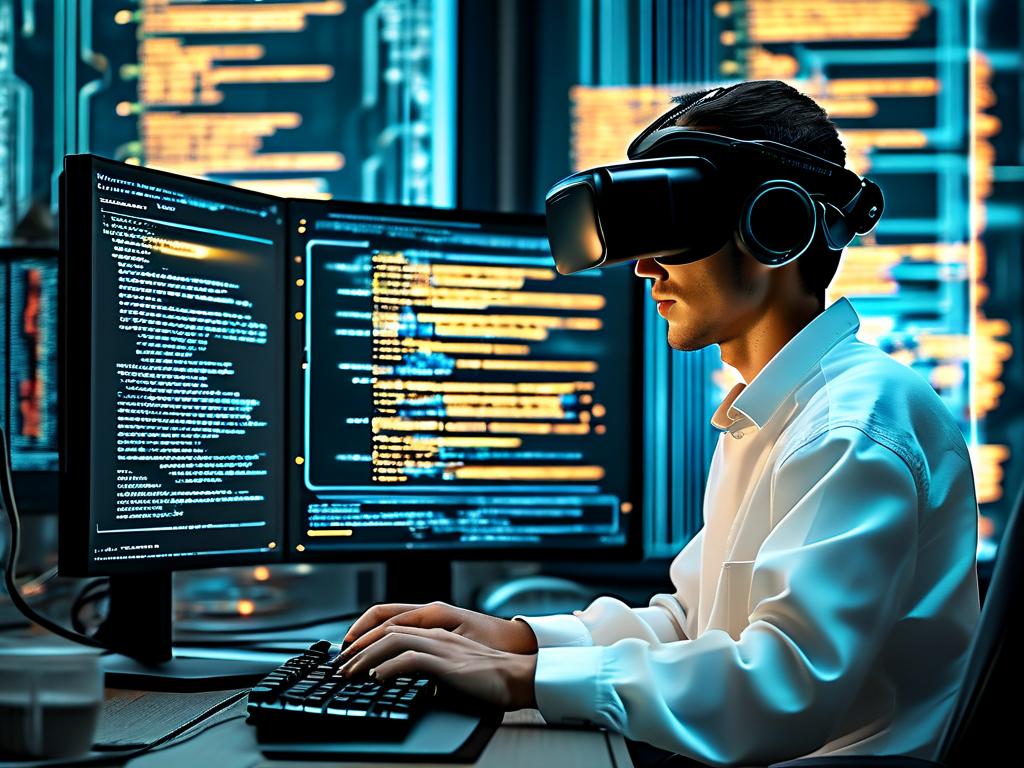Reverse compilation, often referred to as decompilation, is a fascinating area in computer science that involves converting compiled machine code back into a higher-level programming language. This process allows developers, security analysts, and enthusiasts to understand and modify software without access to the original source code. As technology evolves, the need for decompilation tools and visual aids has grown, making it essential to grasp the underlying principles through comprehensive image guides. In this article, we'll explore the core concepts of reverse compilation, examine popular tools with code snippets, and discuss how illustrative images enhance learning and application in real-world scenarios.

The foundation of reverse compilation lies in understanding how compilation works in the first place. When a programmer writes code in a language like C or Java, it gets compiled into binary or bytecode that computers execute directly. Reverse compilation reverses this journey, aiming to reconstruct human-readable code from that binary. However, this isn't a perfect mirror image due to optimizations and loss of metadata during compilation. For instance, variable names and comments are often stripped away, leaving decompilers to infer structures based on patterns. Tools like Ghidra, an open-source framework developed by the NSA, excel at this by analyzing control flow and data dependencies. A simple code snippet in Ghidra might look like this:
// Decompiled function example from Ghidra
int calculateSum(int a, int b) {
return a + b;
}
This snippet shows how a decompiler can recreate basic functions, but real-world cases involve more complexity, such as handling loops or indirect jumps. To aid comprehension, image guides play a crucial role. For example, diagrams illustrating the decompilation pipeline—starting from binary input, through disassembly, to reconstructed source—help visualize abstract concepts. Picture a flowchart where arrows depict steps like instruction decoding and semantic analysis, making it easier for beginners to grasp without drowning in technical jargon. Such visuals are invaluable for educational purposes, as they transform dense theories into accessible, memorable formats.
In practical applications, reverse compilation is pivotal for software security and debugging. Security researchers use it to identify vulnerabilities in closed-source applications, such as malware analysis or patching exploits. Imagine an image showing a decompiled code section highlighting a buffer overflow flaw; this visual cue can quickly convey risks to non-experts. Similarly, developers employ decompilation for debugging legacy systems where source code is lost, saving time and resources. Tools like IDA Pro offer interactive disassemblies with graph views, allowing users to navigate code structures visually. Despite its benefits, reverse compilation faces challenges like accuracy issues—decompilers may produce incorrect or incomplete code, especially with obfuscated binaries. This is why combining textual explanations with images ensures a more robust understanding, fostering innovation in fields like cybersecurity education.
Looking ahead, advancements in AI and machine learning are refining decompilation techniques, promising higher fidelity reconstructions. As we integrate more visual elements, such as annotated screenshots from tools, the reverse compilation landscape will become more user-friendly and impactful. Ultimately, mastering these principles empowers professionals to enhance software integrity and drive technological progress.

